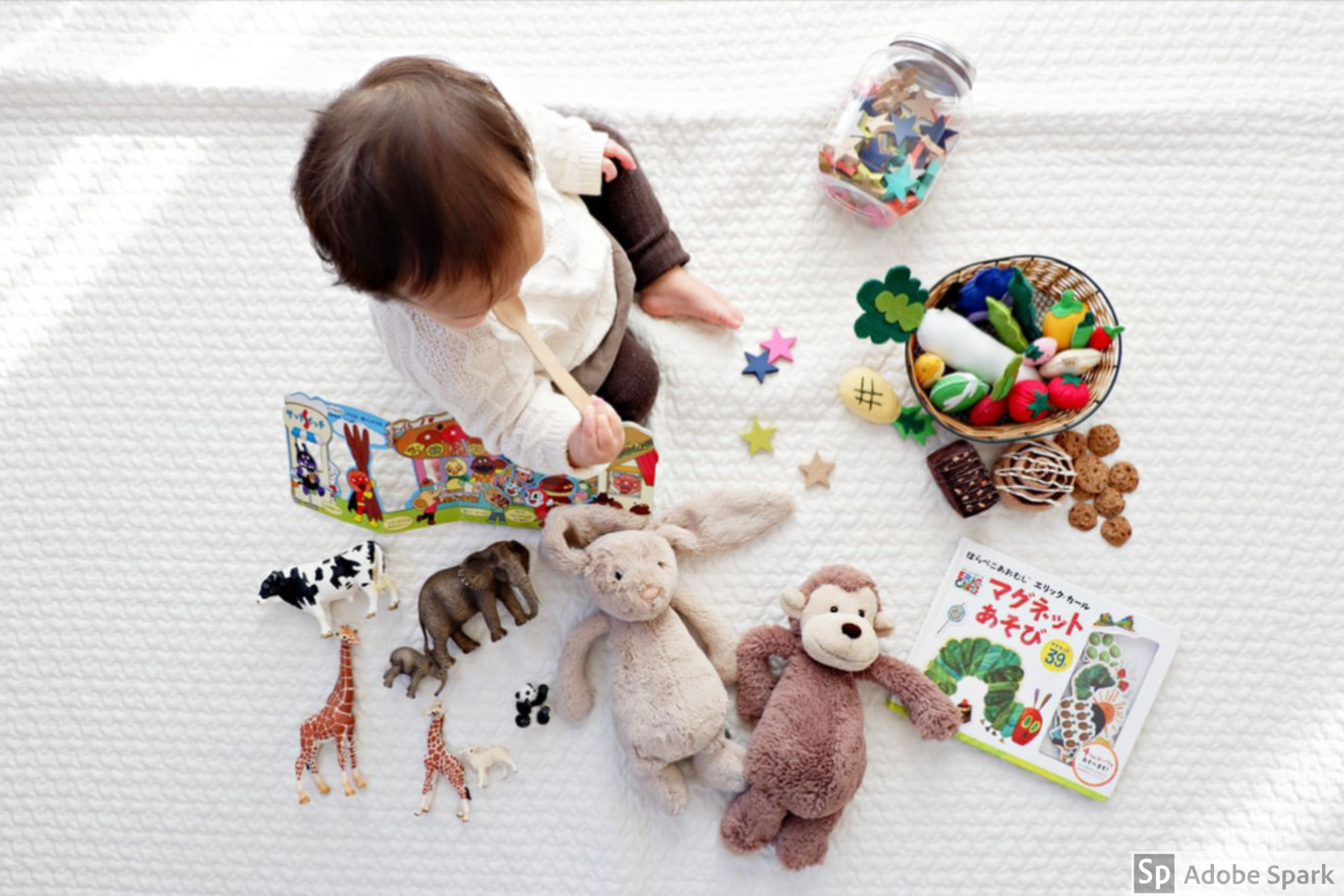All parents worry, but ensuring your child is growing up healthy can be a challenge. Thankfully there are major milestones that every parent can understand.
Parenting is, without a doubt, challenging and often confusing. There’s no single all-inclusive guide to parenting, and you may not always know what to do or even if something is wrong. Many parents worry about whether or not their child is growing up at a normal rate. Others worry if they’re missing the signs of something being wrong. Don’t worry, because every parent has these exact same concerns.
More BuzzChomp: Amazing Vegan Mushroom Gravy
Rather than getting consumed by worry, take action and get involved with your child’s development. One of the biggest questions we face is whether our kids are growing up healthy. For reference, here are a few major milestones that usually happen within the first few years of a child’s life. Then read on for our guide to growing up healthy.
Psychological Developments
One of many parents’ primary concerns when it comes to their children’s development is their psychological and cognitive development. Concern about this particular area of growth is understandable. After all, children experience profound biological brain development and achieve 90% of their adult brain volume by age six.
Different children behave differently, but there are a few markers to pay attention to that can indicate development. Pay attention to how quickly and when they develop speech and communication skills, as this can be one of the first easily-identifiable indicators of psychological state. Other smaller indicators of psychological and emotional states include energy levels, amounts of sleep, and diet.
Also on BuzzChomp: 10 Unbelievable Stocking Stuffers
Some children are picky eaters by default, but many children with cognitive differences can be particularly fussy around mealtime. This is sometimes due to a strong sensory aversion or preference for specific types of food. Again, remember that kids are kids and can be particular anyways, so don’t worry if your kid loves their sweets a little too much. Kids eat four hard and chewy candies for every one eaten by adults.
Motor Skill Development
Children tend to develop fine and gross motor skills at a fairly similar rate across the board, so these can also be a fairly reliable indicator of their overall development. Balance can also help you identify cognitive development issues, as the skills for balance often directly correlate to neurological growth. Until you’re sure that your child has fully developed their ability to walk safely, keep a close eye on them. Every six minutes, an American child under the age of five falls down the stairs and is rushed to the hospital. That is entirely preventable.
At the same time, make sure you’re not holding them back on development in an effort to protect them. Give them safe environments to practice their motor skills. Soft toys, level ground, and supervision can all help them grow into their rapidly-growing bodies. Teaching them to swim at a young age can also aid in their development. After all, swimming has become the most popular recreational activity for kids between the ages of seven and 17. Strap on some floaties and learn how to float!
Dental Health And Baby Teeth
Many parents forget that dental health can be a helpful indicator of overall wellness, especially in young children where baby teeth are still growing in. Pay attention to teething habits, as these can indicate that baby teeth are growing in and possibly causing some normal discomfort. Also, once your children begin losing their baby teeth, have a dentist or orthodontist check on if their permanent teeth are growing in straight. If not, they may need to wear braces. This usually isn’t a serious issue, and most children will have braces largely for aesthetic reasons. The average length of time a person will need to wear braces is about two years.
Common Signs of Chronic Illness
Finally, even when development is normal, there can be small indicators of often minor chronic illness. This includes conditions like allergies, asthma, and poor vision. Allergies are usually one of the easier conditions to spot, particularly if they’re related to a common trigger like pet dander. Most households in the U.S. have at least one pet. Remember that not all pets are created equal when it comes to allergies. Cats may be fine for your children, but dogs might cause an allergic reaction. Approximately 36.5% of all U.S. households have a dog. If your child is showing signs of discomfort, like itching, sneezing, or coughing, consider having your pediatrician perform allergy tests to determine the cause.
Parenthood is challenging, and worrying about your child’s health and development can often be a source of anxiety. This brief guide to childhood development and common developmental issues will hopefully help relieve some of your worries. It can also provide guidance for the next steps to improve your child’s health and ensure they are growing up healthy.
BuzzChomp is an affiliate for products and services recommended herein. Please read our Full Disclaimer for further information on affiliate programs and opportunities.












